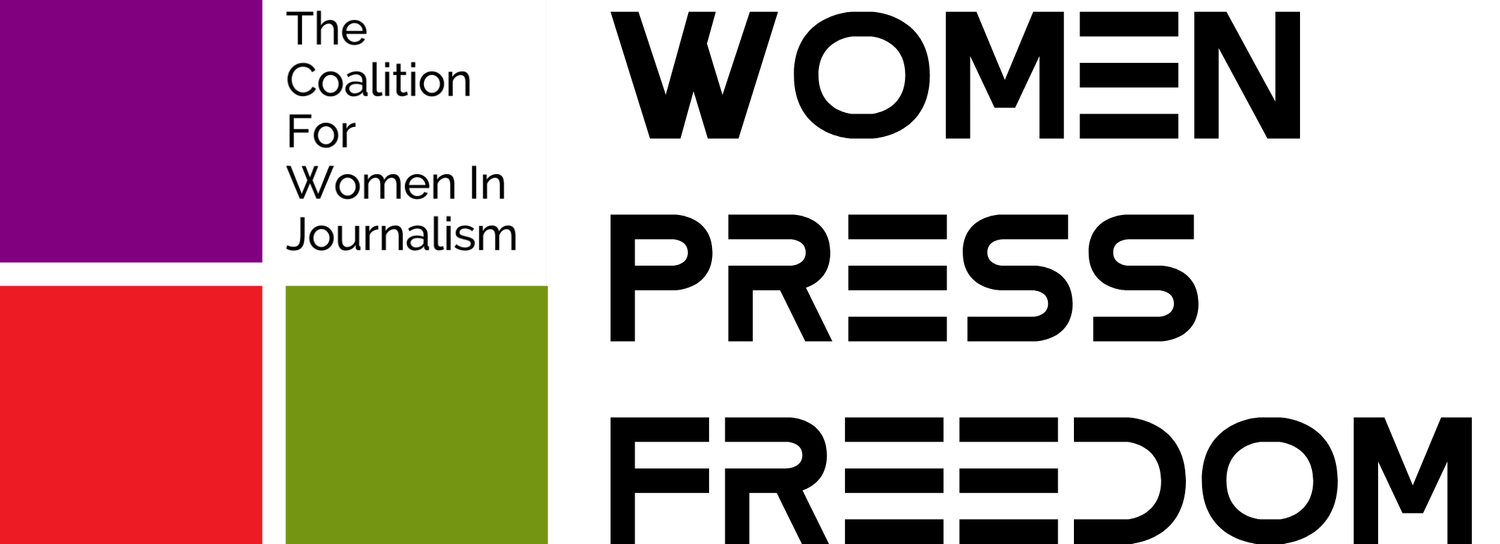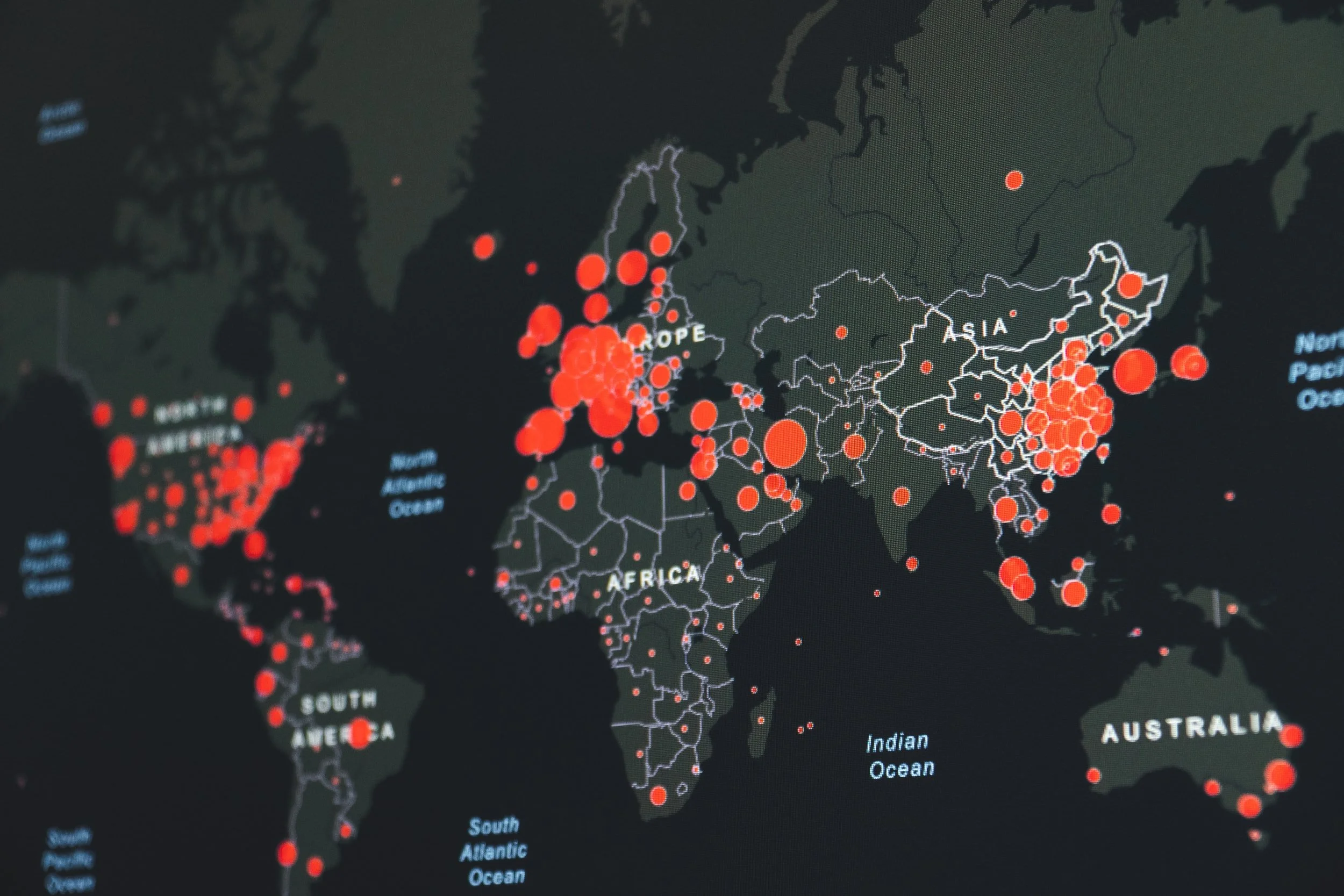India: Delhi Riots Take An Ugly Turn For Women Journalists
Location: India, Delhi
Date: February 27, 2020On February 24, riots erupted in the northeast side of the city. Unfortunately, and very quickly, journalists reporting on developments on the ground are being targeted since. CFWIJ has been documenting the attacks on women journalists in this scenario and we have come across some unpleasant cases that have put these journalists at severe risk. We urge authorities to show some responsibility and make genuine efforts to bring this violence to an end. We also urge journalists to take extreme precaution while reporting on the ground.
On the third day of rioting, violence has consistently intensified. Around 23 people have been murdered amidst clashes, which have left 189 injured so far. The rioting began as protesters against India’s controversial citizenship law came head to head with those in favor of it. The protests have mutated into a Hindu vs. Muslims showdown, and Hindu extremists seem to have the upper hand in the violence that’s taking place. The violent mob is moving around the city, consuming any Muslim homes and shops it could find.
Journalists covering the protests are in an incredible position, facing attacks from both sides. In several instances, they have been asked to provide their identification to prove their religion and if found to be Muslim, have been targeted or threatened with violence. Given that this spat of violence began after a Bharatiya Janata Party (BJP) leader issued a threat against the protesters, we don’t see the issue dying down quickly.
Under attack
Journalist Parvina Purkayastha took to Twitter to note that protesters tried to attack her with sticks and bricks.
Sir, I was attacked by pro CAA protestors for reporting facts. A group of men armed with sticks and bricks cornered me to hit me, I pleaded them and ran for my life
— Parvina Purkayastha (@Parv05) February 24, 2020
Not saying Anti-CAA protestors weren't in action but being a senior journalist how are blindly siding?
Speaking with CFWIJ, she said: “I reached the spot on Sunday evening, while I was reporting showing both sides of the story and was showing the visuals to our viewers, a group of men armed with sticks, rods and bricks came to hit me, and my video journalist. Somehow, they cornered me, with tears in my eyes I requested, pleaded, and ran for my life.”
In another instance, when journalists were able to capture evidence of a mosque being set on fire, a woman journalist had to step in to save her male colleagues, putting herself in serious risk in the process.
Just getting word that @arvindgunasekar and @Saurabh_Unmute of @ndtv we beaten up by a mob as they were filming a mosque being set on fire. My friend @Runjhunsharmas was with them and had to plead with the mob to let them go. Arvind is badly hurt, they're on their way to a hosp.
— Uday Rana (@UdaySRana) February 25, 2020
It was really brave of you @Runjhunsharmas.
— Arvind Gunasekar (@arvindgunasekar) February 25, 2020
You could have run when they asked you to but you stood with us till me and @Saurabh_Unmute were let off by the mob.
Journalists all out there, stand up and stand together.
United we stand, divided we fall. https://t.co/i12uaycXvY
Rishika*, who had to face stones and bricks in the field, told CFWIJ that the protestors were attacking anyone with a skull cap, typically worn by Muslim men.
“The current violence started off as a PRO CAA VS ANTI CAA thing. This had been continuing for months in Delhi after the Bill was passed. But it suddenly turned communal. There were many inflammatory speeches made for this to happen. People wearing skull caps were chased, stoned and lynched. Hindus were also beaten up brutally,” she said.
She added that journalists were being targeted because of their access to their mob and were collecting evidence of their misdeeds. “We are closer to the mob. Our work started exposing the extent of damage and also how communal it has become,” she explained.
Minus the usual propagandists who we should just pity, everything we know about the violence in Delhi is thanks to the very brave work of journalists. Here's one young woman literally walking from one riot into the next https://t.co/URgDergxIy
— Rukmini S (@Rukmini) February 25, 2020
Faith-based attacks
Being a Muslim has become a dangerous thing during the riots. Journalist Ismat Ara found herself in a precarious position when she realized her identity as a journalist was already putting her at risk, but her faith made her a bigger target.
Speaking to CFWIJ, she recalled her experience of attempting to infiltrate the area without disclosing that she is a journalist. She pretended that she lived nearby.
“But that didn't really work in my favor because people realized that there was something fishy, and I was followed by multiple men and even confronted by some,” she recalled.
However, for Ismat, getting the story was more important. “Despite knowing that indulging in conversation with the charged mobs there would put me in potential danger, I still struck a number of conversations with people around in order to get some context for my story. Again, it didn't work in my favor,” she said.
“One person, whom I had asked about the identity of a pundit - who had openly called for the murder of Muslims - became suspicious and started asking me why I was questioning them about ‘their pundit jee’." she added.
Ismat barely managed to escape the situation. She luckily avoided having her ID checked, which would have confirmed that she was a Muslim.
Journalist Runjhun Sharma wrote a similar account about her time in the field: “They asked us about our religious identity. I showed them my press ID card. It mentioned my last name, ‘Sharma’. Saurabh Shukla took out his rudraksh mala. They wanted to know if we were ‘one of them’. After several minutes of begging and pleading, and most importantly proving our religious identity, they decided to let us go.”
She noted that the rioters are actively trying to ensure that no evidence could be recorded of their actions.
“We were not allowed to shoot or record any of what was happening. Don’t take out your phones out of your pockets and just ‘enjoy the view’, the mob threatened us. Stones were being pelted and acid was being thrown on the lanes in front of us and behind us.”
The Delhi police has also reportedly been playing a passive role, doing little to curb the chaos. Runjhun notes that some were even part of the problem.
“We saw cops on bikes wearing tilaks, offering rides to men armed with rods as we headed towards the [mosque],” she recalled.
A joint statement issued by the Press Club of India and IWPC, noted the extreme nature of the attacks on journalists.
“Several of them have been hospitalized. They have been punched and attacked by communal mobs, and police were either absent or have not come to help. Shockingly, mobs were checking the religious credentials of journalists,” it read.
On staying safe
Journalists who are in the field have been forced to take extreme measures to keep themselves safe.
In some cases, not having their ID card has proven to be a good thing because their religion cannot be confirmed. Some have resorted to hiding their notebooks and cameras while documenting the chaos to avoid getting attacked.
“The rioters are turning on journalists because they're afraid. They're afraid that we'll show the truth and they will get implicated. They are a mob, and they desire to be nameless and faceless and we as journalists are always threatening their comfort zone,” Ismat said, while explaining the need to focus on safety.
The real problem is for electronic journalists, who instantly become easier to spot for rioters because of their equipment. But this is something that has no fix.
“All measures taken actually will never be enough when you are covering riots,” Rishika noted.
Physical safety should be given serious thought. Several journalists are now including safety jackets and helmets into their gear, Parvina told CFWIJ.
“Women journalists should keep a safe distance from the mob, ensure that they do not venture about alone, refrain from making any statement that could incite any group. If possible, be with a group of reporters, the police, or paramilitary forces,” she said talking about steps women journalists can take to stay safe.
“Also, if anyone tells you to not film or write about them, just don't. Stop that very moment, don't get into any exchange or argument - just leave that spot for your own safety,” she added.
Ismat agreed: “No story is bigger than your life, so the moment you feel like your safety is being compromised, get out immediately.”
Ismat advised women journalists to ensure their coordination with the other journalists in their group is topnotch. “If you are taking the risk of going with an alias, you should make sure that the other person and you both know each other's aliases, etc., so you both know what to say,” she said.
“Women journalists should avoid dingy, isolated lanes; stay on the main roads as much as possible, and stay near the police as much as possible,” she added.
Parvina also said sensible reporting is the need of the hour.
“Don't ask questions when emotions are running high, just report what you see around. Not the right moment to ask anything. Report what you see around. Verify as much as you can before speaking out for your viewers or write for readers. A small mistake can mislead and worsen the situation,” she warned.
We urge authorities to do a better job of maintaining peace in the city. They must ensure the safety and wellbeing of journalists who have to do the difficult job of reporting while earning the ire of both sides of the conflict.
*Name has been changed to protect the source.
...
The Coalition For Women In Journalism is a global organization of support for women journalists. The CFWIJ pioneered mentorship for mid-career women journalists across several countries around the world, and is the first organization to focus on the status of free press for women journalists. We thoroughly document cases of any form of abuse against women in any part of the globe. Our system of individuals and organizations brings together the experience and mentorship necessary to help female career journalists navigate the industry. Our goal is to help develop a strong mechanism where women journalists can work safely and thrive.
Follow us on Instagram @womeninjournalism and Twitter @CFWIJ. Our website is WomenInJournalism.org and we can be reached at press@womeninjournalism.org
The CFWIJ strongly condemns the police brutality against journalists. We demand the immediate return of the press cards seized from the security forces. Policies to intimidate journalists should be abandoned, and journalism should be practiced under the criteria of freedom of the press.
If you have been harassed or abused in any way, and please report the incident by using the following form.






